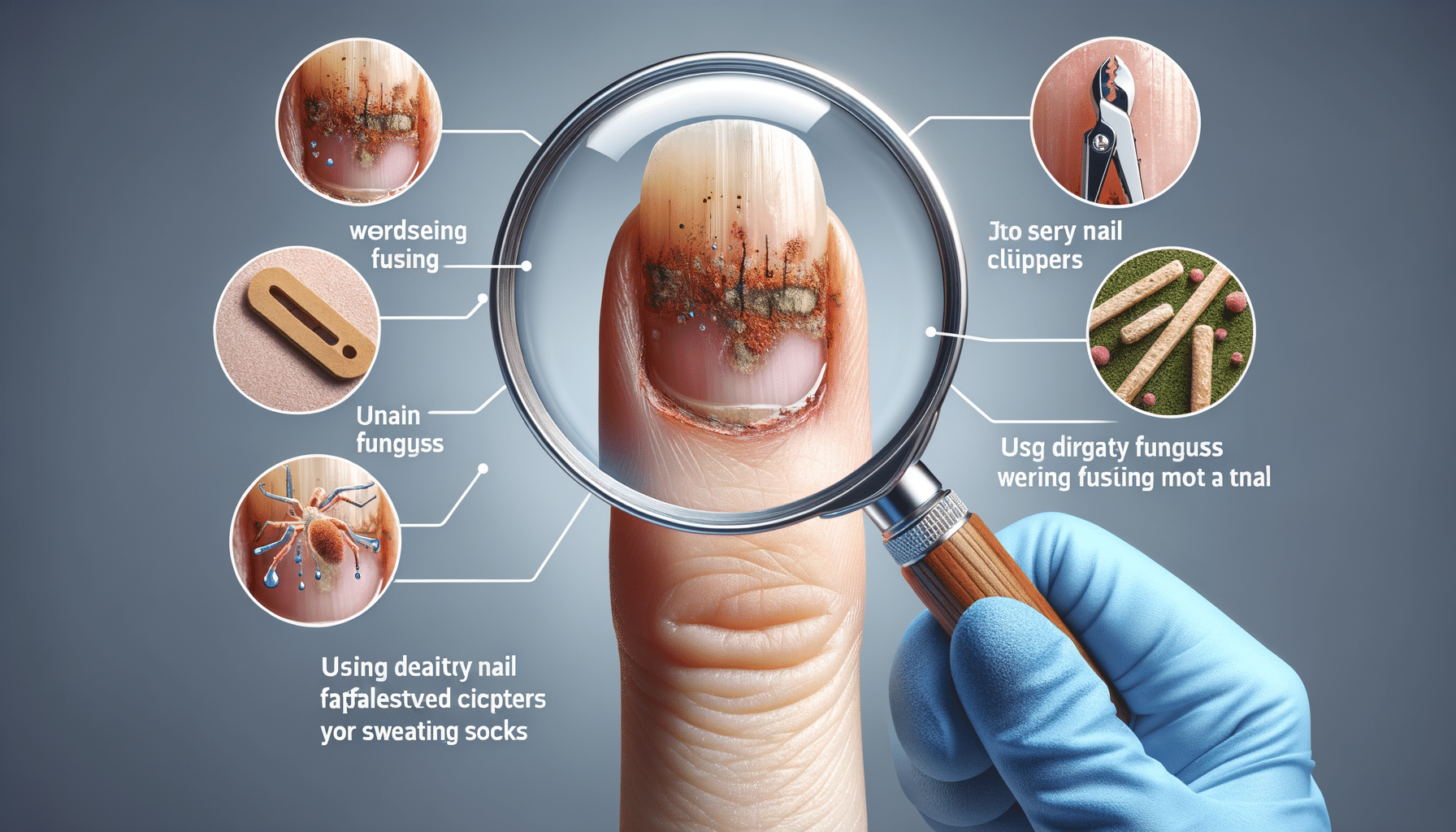
Introduction to Nail Fungus
Nail fungus, medically known as onychomycosis, is a common condition that affects millions of people worldwide. Characterized by discolored, thickened, and brittle nails, it can be both unsightly and uncomfortable. Despite its prevalence, many individuals struggle to effectively treat nail fungus, often due to common mistakes that exacerbate the condition. Understanding these pitfalls is crucial for effective management and treatment.
Nail fungus thrives in warm, moist environments and can easily spread from one nail to another. This makes it essential to address the issue promptly and thoroughly. However, many people unknowingly make errors that worsen the condition. In this article, we will explore these mistakes and provide insights into how to avoid them, ensuring a more effective approach to managing nail fungus.
Misdiagnosis and Self-Treatment
One of the most frequent mistakes in dealing with nail fungus is misdiagnosis. Many individuals confuse nail fungus with other conditions such as psoriasis or trauma-related nail damage. This can lead to inappropriate treatments that not only fail to address the fungus but may also worsen the condition. Consulting a healthcare professional for an accurate diagnosis is a critical first step.
Self-treatment is another common error. Over-the-counter treatments are widely available, but not all are effective for every type of nail fungus. Without professional guidance, individuals may waste time and resources on ineffective remedies. A healthcare provider can recommend a treatment plan tailored to the specific type of fungus, increasing the likelihood of successful resolution.
Inconsistent Treatment Application
Consistency is key when treating nail fungus. Many people start a treatment regimen with enthusiasm but fail to maintain it. Nail fungus treatments often require long-term commitment, sometimes taking several months to show results. Inconsistent application of medication can lead to incomplete treatment, allowing the fungus to persist and potentially become resistant.
To avoid this mistake, it’s important to follow the treatment instructions meticulously. Setting reminders or incorporating the treatment into daily routines can help ensure consistency. Additionally, keeping track of progress can provide motivation to continue with the regimen, even when results are not immediately visible.
Ignoring Preventive Measures
Another significant mistake is neglecting preventive measures that can stop the spread of nail fungus. Simple actions such as keeping feet dry, wearing breathable footwear, and avoiding sharing nail tools can make a substantial difference. Many individuals focus solely on treatment without addressing these preventive aspects, leading to reinfection or spreading the fungus to other nails.
Preventive measures should be an integral part of any treatment plan. Regularly disinfecting shoes and socks, using antifungal powders, and practicing good foot hygiene are effective strategies. By integrating these habits into daily life, individuals can reduce the risk of recurrence and improve overall nail health.
Conclusion: A Holistic Approach to Nail Fungus
Managing nail fungus requires a comprehensive approach that combines accurate diagnosis, consistent treatment, and preventive measures. By avoiding common mistakes such as misdiagnosis, inconsistent treatment, and neglect of preventive strategies, individuals can significantly improve their chances of overcoming nail fungus.
It’s essential to seek professional advice and adhere to prescribed treatments while maintaining vigilance in preventive practices. With patience and dedication, managing nail fungus effectively is within reach, leading to healthier nails and improved quality of life.